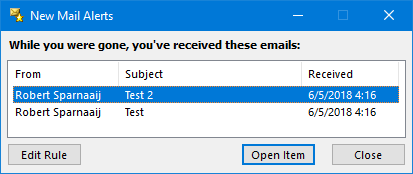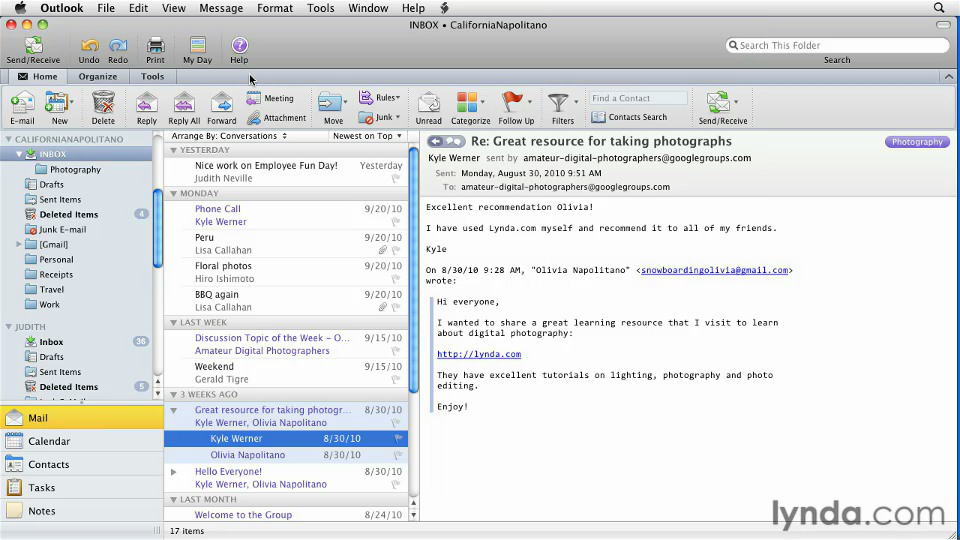

Name the rule, setup rule options, and review the rule description. Select the conditions, add the relevant information, and then select OK. Select an underlined value, choose the options you want, and then select OK. Select Flag messages from someone for follow-up. Select File > Manage Rules & Alerts > New Rule. To use the rule right away, select the Run this new rule now on messages already in the current folder checkbox, and then select OK. When you're done creating the rule, select OK. Select a condition, and what to do with the message based on the condition.įor example, to move messages with a certain title to a specific folder, select the Subject contains condition, select Move the item to folder, select or create a New folder, and then select OK.

Right-click an existing message and select Rules > Create Rule. Rules allow you to move, flag, and respond to email messages automatically.


 0 kommentar(er)
0 kommentar(er)
